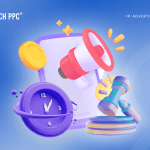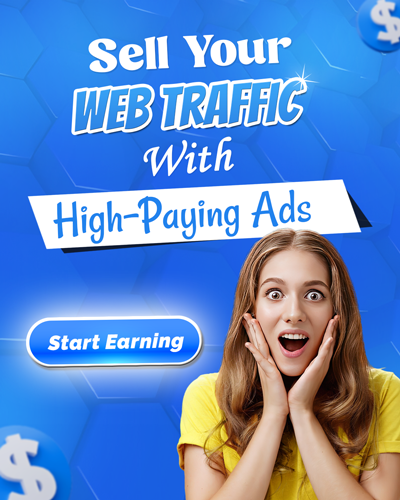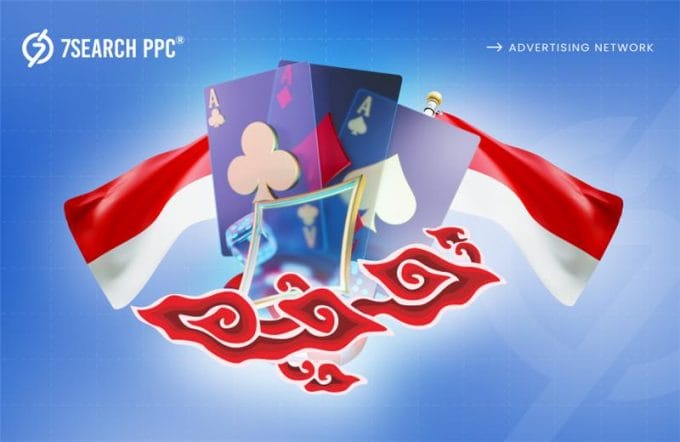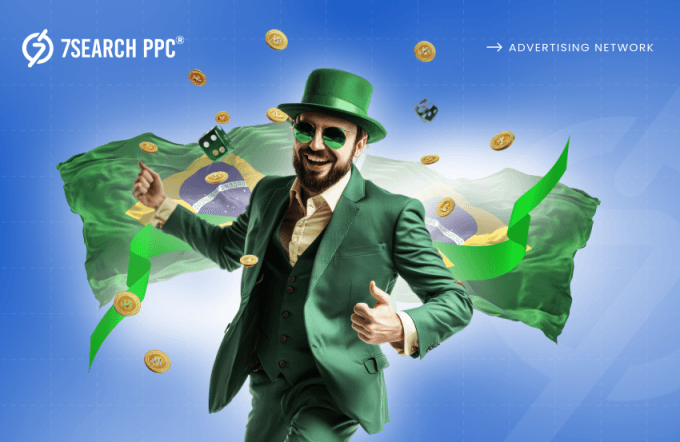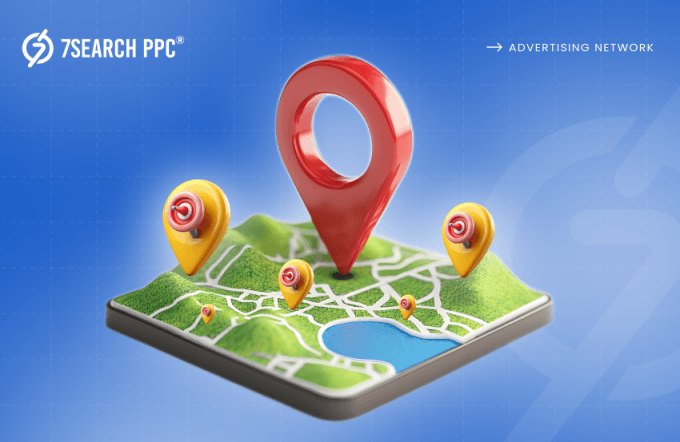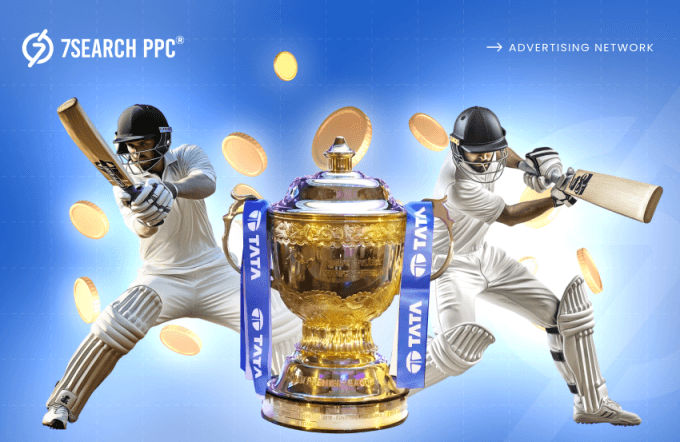Uncertainty comes in many forms, and as an insurance provider, your role is to offer security in times of need. But let’s be honest—insurance isn’t always an exciting topic for consumers. No one wakes up thinking, I can’t wait to buy a policy today! The challenge is making insurance feel not just important but essential. What if your insurance advertising could change that?
Imagine an insurance campaign that tells the story of a shopkeeper running a successful business. One day, disaster strikes—his shop catches fire, and he loses everything because he doesn’t have insurance. This type of storytelling can make every business owner ask themselves, What if my shop catches fire? Suddenly, insurance feels personal—even necessary because of the strategic ad campaign.
As an insurance advertiser, your job isn’t just to promote policies—it’s to connect with your audience on an emotional and logical level. But how can you do that? Not sure? We’re here to help.
Create Your First Insurance Campaign Now!
In this blog, we’ll explore fresh strategies that make insurance advertising more effective and appealing.
What is Insurance Advertising?
Insurance advertising is the process of promoting insurance products and services to attract potential customers. It helps insurance companies deliver their promotional message to their audience, build trust, and increase policy sales. Insurance advertisers use various digital mediums to promote their offerings, but they most often prefer insurance advertising networks due to their cost-effectiveness.
Advertising insurance products and services also helps businesses generate quality leads because the insurance sector is filled with many competitors. If any business wants to stand out, they need to keep attracting new leads.
Overall, the goal of insurance advertising is to highlight the benefits of insurance plans, such as financial security and risk protection, while encouraging people to buy policies.
Is Insurance Advertised Like Other Financial Services?
Insurance advertising is similar to ‘Mortgage Advertising‘ and ‘Loan Advertising‘ because they all belong to the finance category and encourage people to use their services. However, their messages are different. Insurance ads promote premium plans, while loan and mortgage ads encourage people to borrow money and repay it with interest.
The Transformation of Insurance Advertising Over Time
Insurance advertising has changed a lot over time. It started with print ads in newspapers and magazines and has now moved to digital campaigns. This change happened for many reasons—sometimes to keep up with customer preferences and sometimes to stay ahead of the competition. We have researched the evolution of advertising in the insurance sector. Check it out!
1) Early Days: Print and Direct Mail
In the early days, insurance companies used newspapers, magazines, and direct mail to reach people. They placed insurance or finance ads in local newspapers and sent letters to explain their policies and benefits. These methods helped people learn about the company, but to gain trust, agents had to meet clients 5-6 times before they decided to buy.
Challenges Faced:
Reaching a broad audience was difficult, and the sales process was slow due to multiple meetings.
2) The Rise of Radio and Television
When radio and TV were invented, insurance ads became more new and interesting for people as well as insurance brands. Companies used catchy songs on the radio and short TV ads to explain their services in a simple way. This helped them reach millions of people at the same time, which was one of the reasons TV and radio ads became significantly popular among insurance advertisers.
Challenges Faced:
Producing high-quality TV and radio ads was expensive, making it tough for smaller insurance companies to afford. Other challenges included the unavailability of targeting features and the absence of analytics.
3) The Digital Revolution
This revolution was much needed for insurance advertisers because the previous two evolutions you read about were very expensive for insurance promotion. The internet has completely transformed insurance advertising. Companies now use ad networks and other digital ad platforms to reach potential customers instantly.
These days, many people spend a significant amount of time on the internet using their smartphones and computers. This helps companies grab their attention by showing ads that match their interests.
Digital Revolution brought the solutions:
The digital revolution has solved most of the problems that insurance advertisers previously faced. Now, they can easily target their audience with the help of advanced targeting features provided by most ad networks and platforms. The ad cost is lower compared to traditional advertising, and insurance companies are now generating leads quickly, accelerating the sales process.
Financial Services Advertising: PPC Ideas, Trends And Examples
Popular Insurance Types That Invest in Online Advertising
Many types of insurance companies use PPC for insurance advertising to attract customers and increase brand awareness. Here are the main types of insurance that actively advertise, and you often see their insurance ads on various digital platforms:
Health Insurance
- Companies such as UnitedHealth Group, Cigna, and Humana promote their services to attract both individuals and businesses.
- Their online ads often talk about doctor visits, hospital coverage, and preventive care.
- They use real-life stories to show why taking their health insurance is important.
Auto Insurance
- Car insurance companies spend a lot on PPC insurance ads to get more customers.
- They focus on low prices, accident protection, and fast claims.
- Many use funny ads or mascots to make people remember them.
Life Insurance
- Life insurance ads talk about securing your family’s future.
- They show how it helps loved ones financially after someone passes away.
- Many use real or scripted emotional stories to tell their audience why it’s important.
Home Insurance
- These insurance ads show how home insurance protects against damage and theft.
- They use real-life examples of disasters to explain why you need it.
- Some companies promote discounts if you bundle different insurances.
Travel Insurance
- These ads focus on trip cancellations, lost luggage, and medical emergencies.
- They show what can go wrong during travel and how insurance helps.
- Frequent travelers and business people are the main audience.
There are other insurance categories as well, such as Pet insurance, Homeowners, and Renters Insurance. Our motive behind mentioning the above categories is to show you how different insurance types use online ads to attract customers.
The Significant Benefits of Insurance Advertising
Every year, insurance companies spend more money to promote their services on different digital platforms. This shows that digital insurance advertising has many benefits for them. Based on our research, here are some common advantages that advertisers get from online insurance advertising:

Builds Trust and Brand Credibility
The insurance category involves an investment that requires a high level of trust and strong credibility in the market because people can listen easily, but trusting is not as easy for them. People only buy insurance from companies they trust. Ads featuring real customer stories claim success rates, and transparent policies help build confidence. Imagine watching a video of someone sharing how their insurer helped them during tough times—it makes you feel secure, right? That’s the power of insurance advertising!
Simplifies Complex Insurance Terms
Gaining trust is important, but it is not everything. A successful insurance business runs by earning both trust and long-term customer satisfaction. This requires making complex insurance terms simple and accessible for everyone.
Many terms or phrases under insurance are so confusing that people can’t understand them. However, with the help of insurance advertising, companies successfully deliver their message, and the audience easily understands it within 15 seconds of a video ad or through an attractive banner ad.
These ads simplify complex terms through short videos, quizzes, or easy-to-read infographics. Have you ever seen an ad explaining how care insurance protects you from unexpected repair costs? These ads make choosing the right policy easy and stress-free.
Creates Urgency and Demand
Most people delay buying insurance until they really need it—but what if it’s too late? Insurance advertising helps insurance brands by telling people about the importance of taking an insurance plan and the disadvantages of not taking it, which creates urgency and demand.
Ads use storytelling, limited-time offers, and comparisons (insured vs. uninsured) to create FOMO and encourage action. A simple message like “Protect Your Family Today’ can push people to act before it’s too late.
Increases Customer Retention Rates
Keeping existing customers in your targeting list is just as important as getting new users. Personalized insurance advertising is helpful for reminding people about renewals, discounts for loyal clients, and referral rewards.
Have you ever received a “Get 10% off your next policy referral” email or a popup ad on your mobile or website screen containing the same content? These ads help businesses retain their existing customers by keeping them engaged and valued.
Effective Strategies for Attracting Policyholders with Innovative Campaigns
The insurance sector is a billion-dollar market. While there is immense opportunity in this industry, there is also significant competition. Success depends on how innovatively you position your brand and present your offerings to your target audience through insurance advertising campaigns. The way you differentiate yourself truly makes a meaningful impact. Here are some innovative strategies to help make your brand a top choice, regardless of the competition.
Personalized Insurance Advertising Campaigns
Basic ads don’t work well anymore! If they really did, you wouldn’t be here to learn about innovative strategies. More personalized ads mean more sales. A wise advertiser always knows every detail about their target audience, such as their preferences, location, needs, and more. These insights help in creating personalized ads.
Research, collect, and use data to create personalized insurance ad campaigns that match each customer’s needs. It can help you attract customers who are looking for policy plans like yours.
Educational Content Marketing Campaigns
Insurance can be confusing, so why not make it easier? You can use blogs, videos, and interactive infographics to educate the audience about policy benefits (Make sure the benefit of taking a policy you are explaining is what you are also offering.)
A well-informed customer is more likely to take action. For instance, a short explainer video on how health insurance reduces unexpected expenses can turn a hesitant viewer into a policyholder.
Now, you might wonder how a single video can convert customers. The answer is simple—by building trust and educating users about the benefits of an insurance plan, the video encourages them to visit the website to learn more. From there, they are more likely to convert. This educational content strategy has worked well for many insurance businesses.
Social Proof & Customer Testimonials
Tell us, what do you do first when looking to purchase a product or use a service? You will say that you check customer reviews, and if you are satisfied, you take the next step in buying. If not, you look for other alternatives, right? The same happens with insurance as well.
People trust people, so highlight real customer experiences through testimonials, success stories, and case studies. Seeing how a policy helped someone in a crisis builds strong credibility. Even better, video testimonials can be used on social media and websites to create a more personal connection.
People are aware of the fake testimonials, so don’t go down that road, as it will only lead to losing your money and efforts.
Exclusive Limited-Time Offers
A sense of urgency drives action. A customer will never spend a single penny in two cases: if the product or service is not as per their need or if they have enough time to compare it with other brands.
To encourage them to make a purchase, you need to target and engage them with personalized offers while ensuring they don’t have enough time to compare your offers with other brands. To achieve this, launch an amazing limited-time offer that creates FOMO among your target audience. Target your audience regularly through a PPC ad campaign until the last day of your offer.
Limited-time discounts, bonus coverage, or special deals for early sign-ups can push potential policyholders to commit. For example, “Buy this policy today and get free accident coverage for two months!” encourages quick decisions. Combine this with a countdown timer on your landing page, and you’ll see how quickly the engagement and conversion numbers increase.
Conclusion
Insurance advertising has changed a lot—from basic print ads to smart digital campaigns. But it’s not just about selling policies anymore. It’s about building trust and showing people why insurance matters. This blog has shown that by using real stories, helpful content, and personalized ads, insurers can connect better with their audience. The future is all about being clear, engaging, and innovative. When done right, insurance ads don’t just sell—they help people feel safe and secure.
Frequently Asked Questions (FAQs)
What is insurance advertising?
Ans. This is the way companies promote their insurance plans to attract customers. They use ad networks or platforms to show their ads on websites, blogs, and search engines to explain and promote their services.
What makes a good insurance ad?
Ans. A good insurance ad is simple, emotional, and clear. It should explain why insurance is important and how it helps people in real life.
What types of insurance advertise the most?
Ans. Health, auto, life, home, and travel insurance companies spend the most on advertising to attract customers.
What is PPC in insurance advertising?
Ans. PPC (Pay-Per-Click) is an online ad method where companies pay only when someone clicks on their ad. It helps insurers reach potential customers quickly.
How do digital ads help insurance companies?
Ans. Digital ads help companies reach a larger audience, reduce costs, and show targeted messages based on customer needs.


